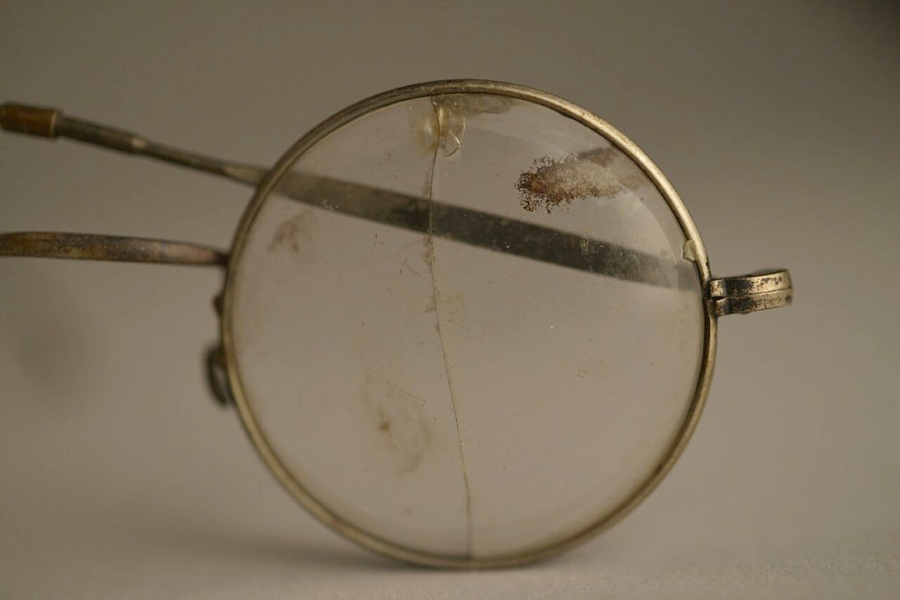WARSAW, Poland — An exhibit of some items from the former Nazi German death camp of Auschwitz are going on a tour of Europe and North America to bring its tragic truth about the Holocaust to a wider audience.
The exhibit — called “Auschwitz. Not long ago. Not far away” — will be the first-ever traveling show done by the museum and will include 600 original items. Most of them will come from the Auschwitz museum, but also from other collections, like Israel’s Yad Vashem, the United States Holocaust Memorial Museum in Washington D.C., and from survivors.
“Today, when the world is moving in uncertain directions,” the exhibition can be a “great warning cry for us all” against building a “future on hatred, racism, anti-Semitism and bottomless contempt for another human being,” museum chief Piotr M.A. Cywinski said.
The exhibit aims to tell victims’ stories through their personal items. It will also show an original barrack from the Auschwitz-Monowitz part of the camp and a German freight train wagon that the Nazis used to bring inmates to the camp in.



